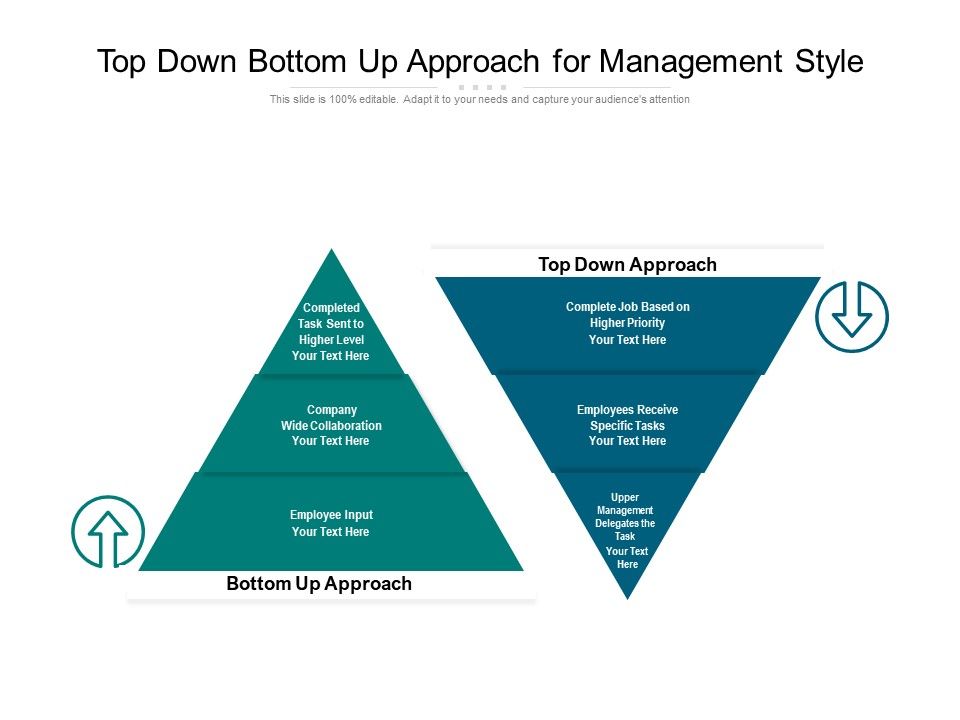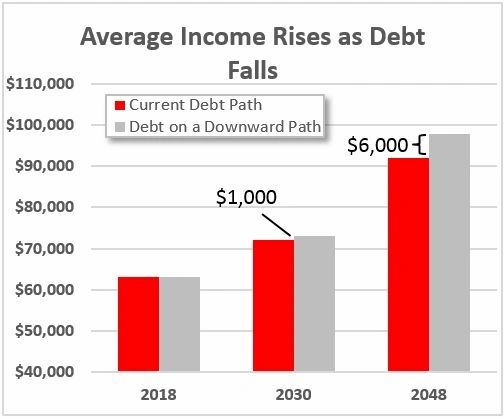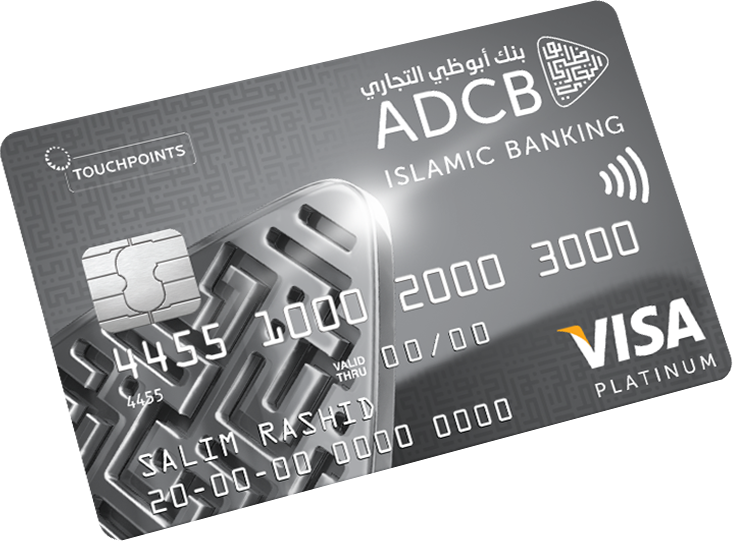Contents:
Fixed prices are these that may remain constant even when manufacturing volume modifications. Whether you produce 1 unit or 10,000, these prices shall be about the identical each month. For example, raw materials, packaging and transport, and employees’ wages are all variable prices.
In such cases, the machine and processing expenses are not considered again, but the extra materials, additional processing as well as direct labour have to be factored in. This type of pricing system helps to create prices that add a markup to the total variable expenses for creating that one distinct unit. The markup amount is of a slightly high percentage so that the said business is able to make a fair amount of profit. A company’s marginal cost is the extra cost to produce one additional unit of goods and services. This marginal cost concept is mainly used in the manufacturing sector.
It is the sum of total fixed costs and total variable costs. Once you have determined your production costs it will be easier to create a realistic budget. You can use the total cost function formula to determine the exact production cost of a fixed number of goods or services within the time frame.
In this section, here is how to calculate average total costs. It is necessary to grasp the habits of the various kinds of bills as production or gross sales quantity will increase. Total fixed costs remain unchanged as quantity increases, while fastened prices per unit decline. For example, if a bicycle enterprise had total fixed costs of $1,000 and solely produced one bike, then the complete $1,000 in fixed costs must be utilized to that bike. On the opposite hand, if the same business produced 10 bikes, then the fastened costs per unit decline to $100.
This helps them figure out if the new venture or product would reap such profits that would make the expenses worthy of reaching that goal. It is necessary to grasp the habits of the various kinds of bills as production or gross sales quantity increases. Khatabook Blogs are meant purely for educational discussion of financial products and services. The material and information contained herein is for general information purposes only. Consult a professional before relying on the information to make any legal, financial or business decisions.
How to find total variable cost?
On the opposite hand, if the same business produced 10 bikes, then the fastened prices per unit decline to $100. For instance, if a bicycle business had complete mounted prices of $1,000 and solely produced one bike, then the total $1,000 in fixed prices should be applied to that bike. Total mounted prices stay unchanged as quantity will increase, whereas fixed prices per unit decline. Fixed costs are also called overhead costs or the money required to operate. Fixed costs for business include rent, utilities, building lease, equipment, insurance premium, and salary of permanent employees. A baker specialises in making a distinct variety of cupcakes.
Actual amount paid or to be paid annually for insurance and annual taxes if any should be charged. If the information is not available it may be calculated on the basis of 2 per cent of the average purchase price per annum. The charge for housing is taken as 1 per cent of the average purchase price of the machine. It’s important to study the feasibility of any project or new product line that you’re planning to launch.
In this section, we have explained different cost definitions. In this post, we deep dive into this accounting concept. The above table clearly indicates how the variable costs increase when the production of cupcakes increases. In the absence of production, variable costs are also absent.
- Variable costs are the sum of all labor and materials required to produce a unit of your product.
- The total cost is the cost of producing the specific level of output factoring in all the costs of production.
- A high volume of production increases the variable costs.
- You can then compare this determine to historic variable value data to trace variable value per items increases or decreases.
The total variable cost is the sum of repair and maintenance cost (R &M), fuel cost, oil cost and operator charges. Marginal costing separates the variable cost from the fixed cost. It is beneficial to identify the impact of changes in production volumes on cost and Profitability.
Examples of variable cost
Daily wages – This includes the wages paid to staff on the basis of the number of hours worked. Yes, they are also popularly known as ‘unit-level cost’. Book end-to-end experts consultation with Odint legal, accounting and company formation experts. Estimate the amount of finished goods generated over a specified time period. A flutted feed seed drill has 8 furrow openers of single disc type.
Variable cost is a constant value that causes price fluctuations as earnings and quantity supplied increase and decrease. Transaction fees and delivery charges are examples of variable costs. Young firms with greater monthly expenditures are not the same as those with heavy investment, such as housing and security, which do not alter with earnings and production. Organizations with strong overhead expenses must generate very little to maintain level, but their profitability is narrower than those with high maintenance costs.
What is Variable Cost?
To begin a realistic saving plan, business leaders need to study the company’s spending patterns. Businesses costs can be broadly classified into fixed and variable costs. The cost function formula calculator helps businesses track expenses. The total cost of a business is adding costs involved in the production of a certain quality. The average total costs are the total cost divided by the quantity produced. Division method – To get the average costs of a product, we divided the total fixed costs by the production unit over a fixed period.
Saving Enough for Retirement: How Long Will My Money Last? – AOL
Saving Enough for Retirement: How Long Will My Money Last?.
Posted: Thu, 04 May 2023 18:25:54 GMT [source]
Fixed prices embody rent, utilities, payments on loans, depreciation and promoting. The change in costs can increase or decrease with the volume change. Change in cost is calculating by deducting original production cost with new production costs. A change in quantity is the increase or decrease in production level.
Subtraction method – this method requires average total costs and average variable costs. Average variable cost will help you determine if you should temporarily stop your production. If the price received is greater than the average variable cost and fixed costs, production should continue. But you should shut down production when the price is lower than the sum of average variable costs and fixed costs.
DRAFTKINGS INC. Management’s Discussion and Analysis of … – Marketscreener.com
DRAFTKINGS INC. Management’s Discussion and Analysis of ….
Posted: Fri, 05 May 2023 11:04:10 GMT [source]
So the charges for taxes, insurance and housing can be taken as 3 % per year of the average cost of the machine. Marginal costing is an important topic of the UGC NET paper -2 Commerce Syllabus. We will learn about the meaning of marginal costing, the steps, uses and relevance in this article. The following table gives the marginal product schedule of labour. It is also given that total product of labour is zero at zero level of employment.
The furrow openers are spaced 25 cm apart and the main drive wheel has a diameter of 120 cm. How many turns of main drive wheel would occur when the seed drill has covered 1.0 ha of land. Fuel cost – Fuel consumption depends on the size of the power unit. Marginal costing provides reliable information to the management of the company. Once you have successfully formulated your break-even point, you will have to apply the analysis on actionable tasks to achieve that point. The questions posted on the site are solely user generated, Doubtnut has no ownership or control over the nature and content of those questions.
- Transaction expenses for the usage of credit cards by customers while paying for the products.
- Michelle works as a designer and also provides professional services.
- It varies in response to variations in the production level.
- In terms of variable costs, the company produces 2000 widgets at $10 per unit.
- Some common examples of fixed costs include rent, insurance premiums, and salaries.
- Variable costs increase when a business enterprise experiences a high volume of sales.
If a business experiences a good volume of sales, its production processes are increased. Less production means fewer requirements for raw materials. “MC can be calculated both from total cost and total variable cost and is not affected by total fixed cost”.
This cost can differ with a variation in the output levels of the business. Transaction expenses for the usage of credit cards by customers while paying for the products. All of these factors change based on the number of people who visit the diner, how many meals they purchase, and how frequently their facility is used. Variable costs are incurred by every existing operation, although they fluctuate from one corporation to the next based on what it generates.
If a business is making a lot of money, it does not necessarily mean that it is running profitably. Knowing what the break-even point for your business is will help you in deciding costs, allocating sales budgets, and preparing business plans. Additionally, calculating the break-even point is critical in identifying critical sales drivers, whether it is the volume of sales, average production cost, or sales price. Economies of scale are potential as a result of in most production operations the mounted prices usually are not related to manufacturing volume; variable prices are. Large manufacturing runs subsequently “take up” more of the fixed prices.
how to calculate variable cost costing helps managers determine the optimum production level where the profit is maximum. It helps in identifying the profit margin for each product and service. But the producers must remember this to achieve the optimum production level.
It depends on factors like the costs of the alternative chosen and the benefits. Fixed costs are costs that are incurred by an organization for producing or selling an item and do not depend on the level of production or the number of units sold. Some common examples of fixed costs include rent, insurance premiums, and salaries. You can see that all of these costs do not change even if you increase production or make more sales in a particular month. We obtain the average variable cost when we divide the variable costs by output.
STANDEX INTERNATIONAL CORP/DE/ Management’s Discussion … – Marketscreener.com
STANDEX INTERNATIONAL CORP/DE/ Management’s Discussion ….
Posted: Fri, 05 May 2023 18:00:03 GMT [source]
The average cost is the cost per unit of producing a certain quantity. In accounting terms, we divide the sum of variable costs and fixed costs by the volume of goods produced. Average cost starts high because of the low denominator. Fixed costs are your expenses that are not affected by business sales or production. In this section, we elaborate on how to calculate total fixed costs. Find average variable costs are calculating by dividing the total variable cost by the quantity produced.
Variable costs are expenses that directly relate to the volume of production. Variable costs include raw materials, packaging, transportation, and other expenses related to production. You can change a fixed price – move to someplace with decrease hire, for example – but the prices do not fluctuate otherwise. Even if the economy craters and your gross sales drop to zero, fastened prices don’t disappear. In administration accounting, fastened prices are defined as bills that do not change as a operate of the activity of a business, throughout the related period. It includes items like costs of raw materials, direct labor, sales commission, and delivery or shipping.



